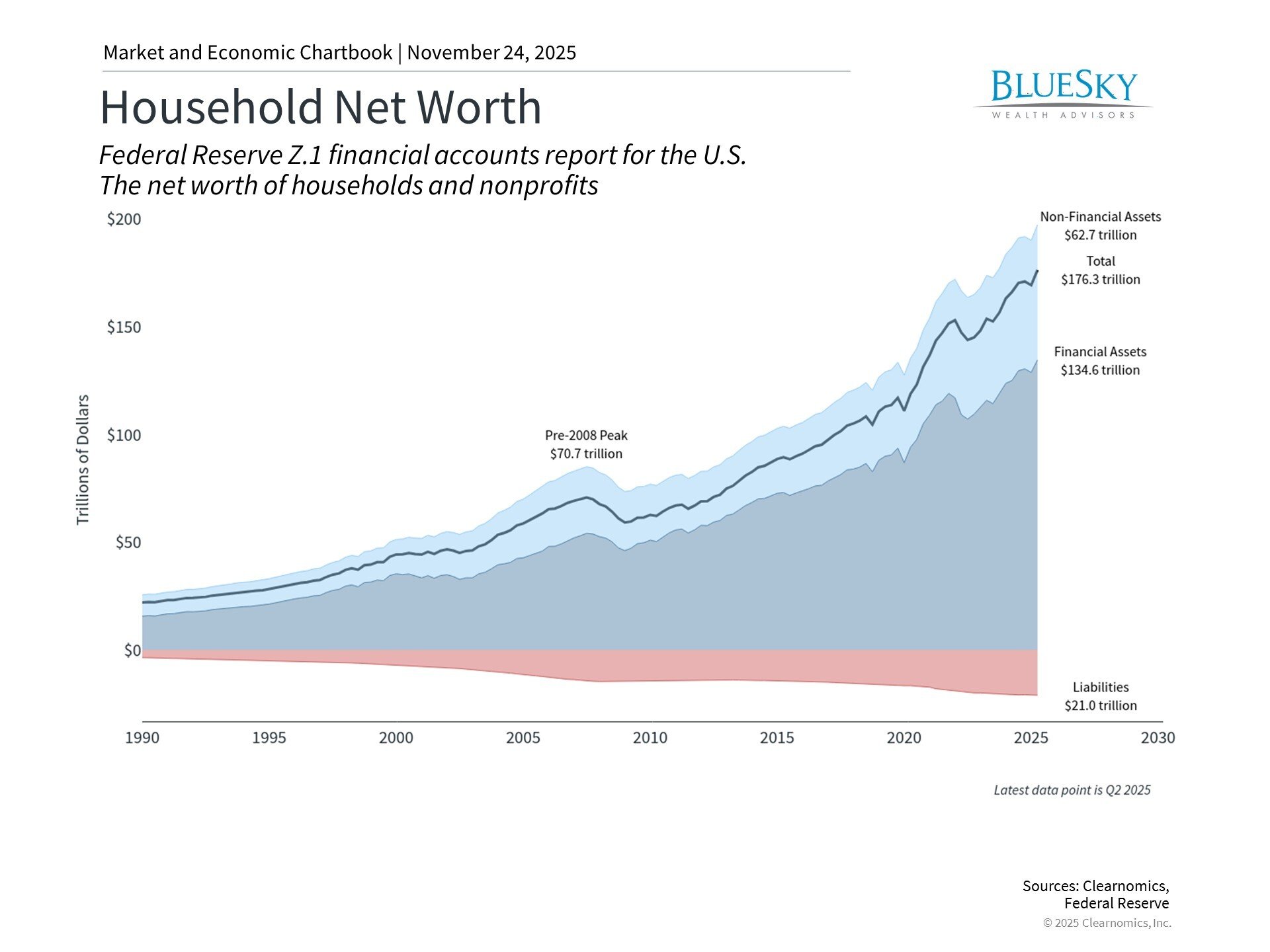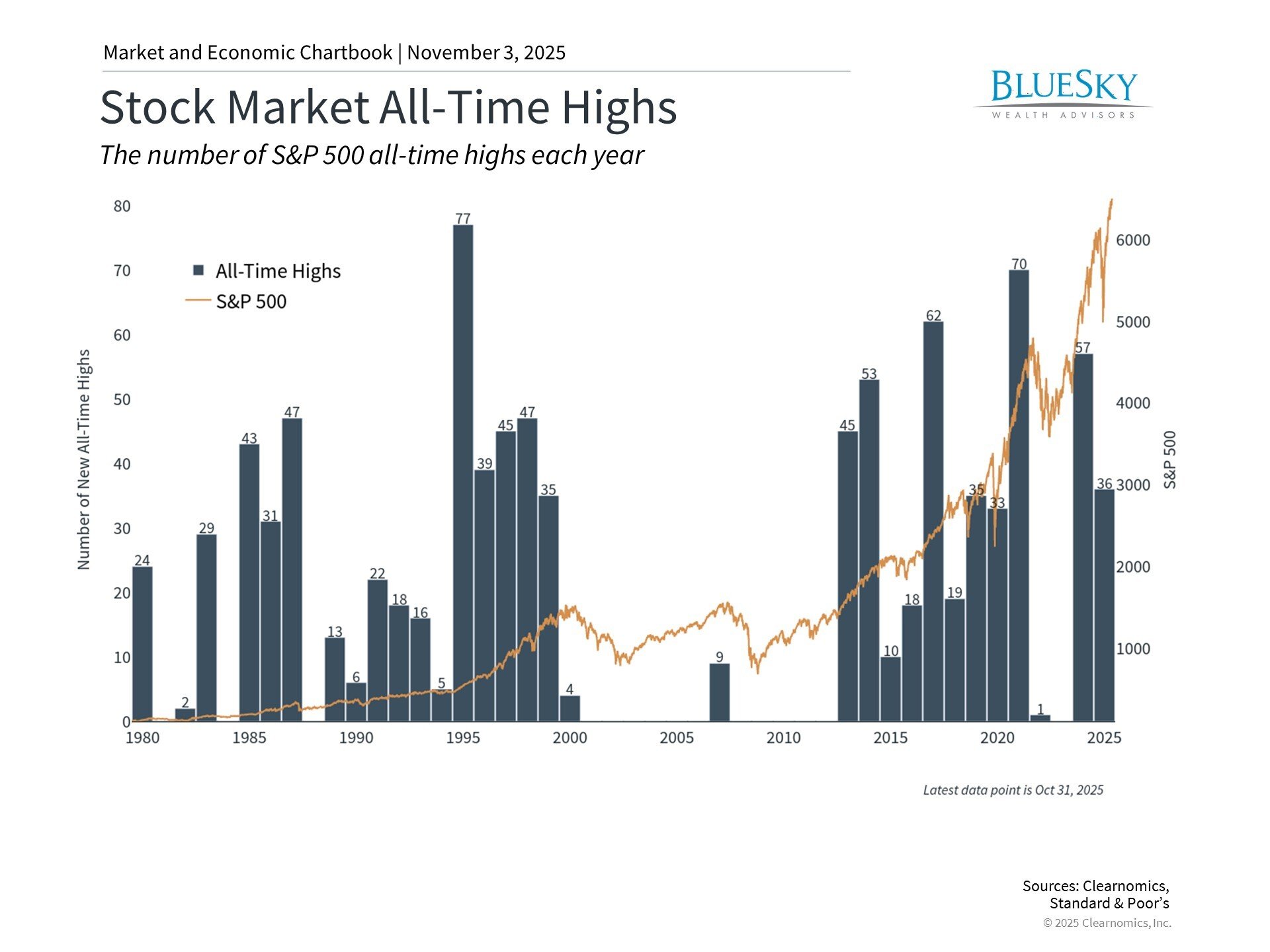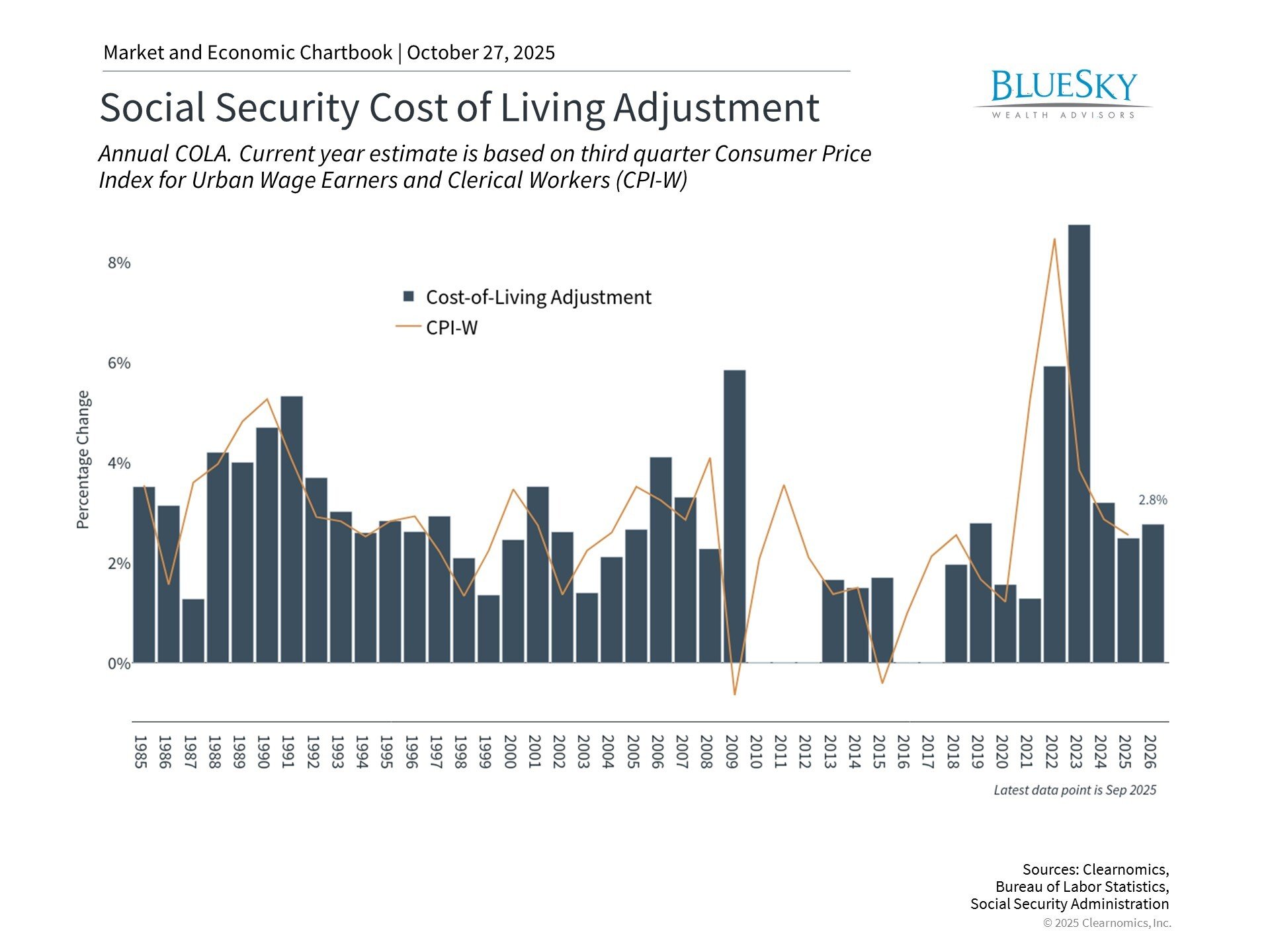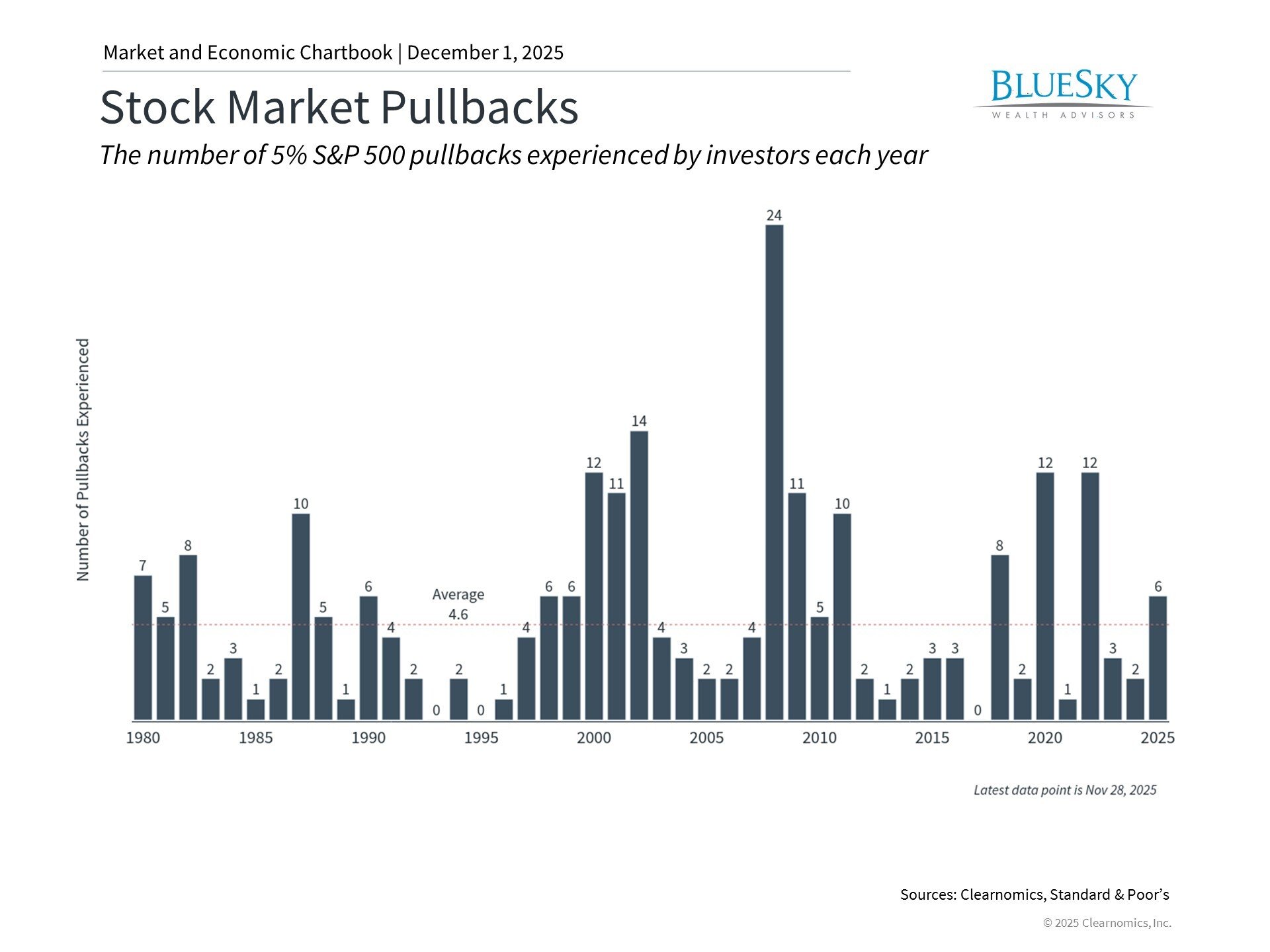
Are Treasury Bonds a Good Investment?
Are Treasury Bonds a Good Investment?

Businesses, individuals, and governments seek investments that offer a good return on investment. One investment opportunity that has been around for centuries is treasury bonds. These bonds, issued by the government, have been a safe and reliable investment option for many individuals looking to diversify their portfolios.
However, with the changing economic landscape and numerous investment options, many wonder if treasury bonds are still a good investment. This article will examine the pros and cons of investing in treasury bonds to help you decide if they fit your investment strategy well. Additionally, we will discuss the different types of treasury bonds and their unique characteristics. Keep reading to learn more!
What Are Treasury Bonds?
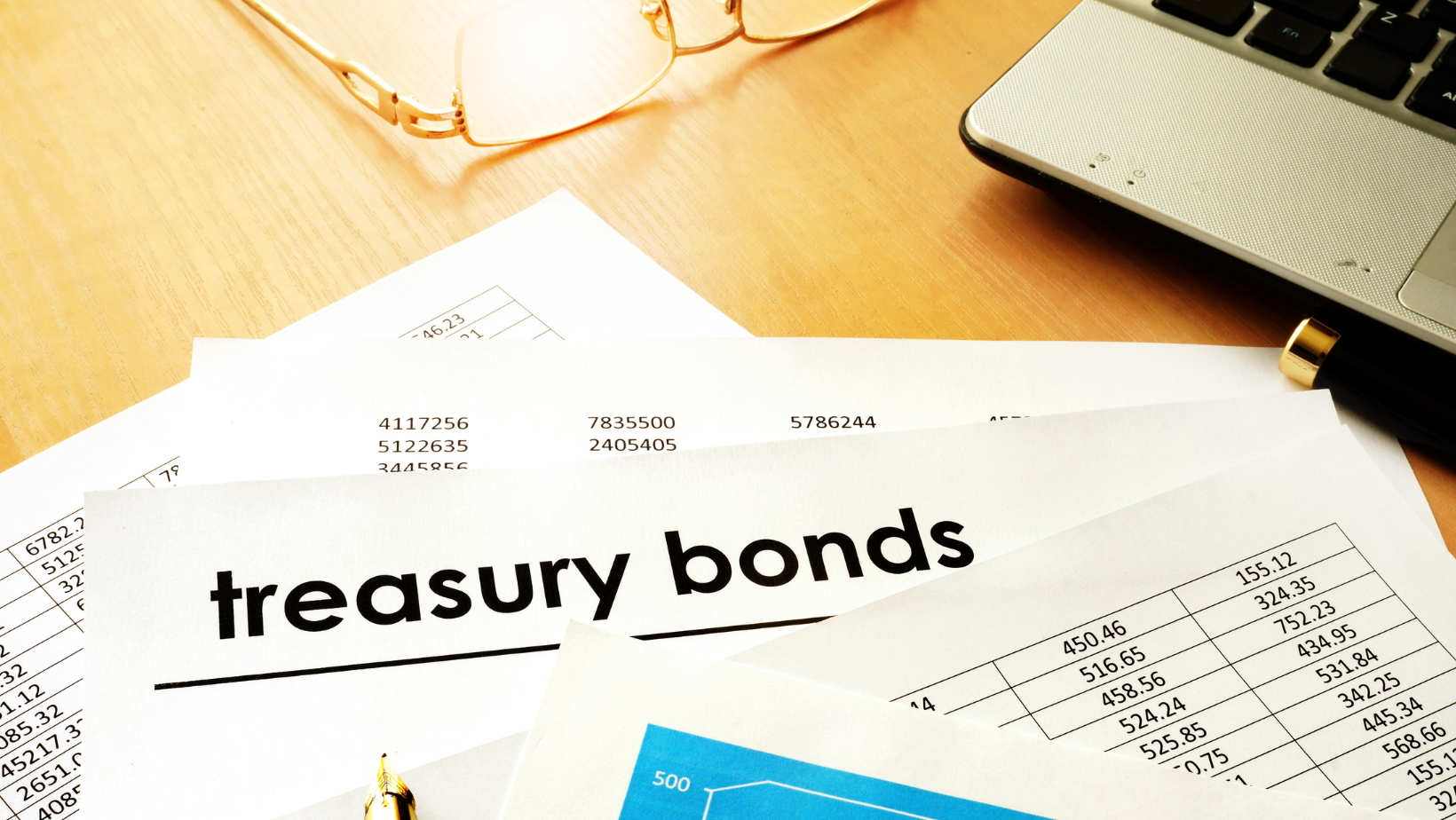
Treasury Bonds, often called T-bonds, are long-term, fixed-interest government debt securities with a maturity period typically ranging from 20 to 30 years. The national government issues these bonds and serves a critical role in the economic landscape by allowing the government to raise funds for various public expenses without taxes. A notable characteristic of savings bonds is their fixed rate of interest, which is paid semiannually until the bond reaches maturity, at which point the bond’s face value is paid back to the investor.
This predictable income stream and the security of being backed by the government’s credit make them an attractive option for risk-averse investors. For example, if you buy treasury bonds worth $10,000 with a 30-year maturity and a 3% annual interest rate. You will receive a $150 interest payment twice a year, culminating in $9,000 in interest payments over the 30 years, plus the original $10,000 investment returned at maturity.
Benefits of Investing in Treasury Bonds

Treasury bonds offer various advantages, making them a good investment option for many investors. Some of these benefits include:
Low Risk
One of the primary reasons investors turn to Treasury bonds is their low-risk profile. Unlike stocks and corporate bonds, which fluctuate significantly due to company performance and market conditions, Treasury bonds offer a stable and predictable return. This stability is mainly because they are backed by the “full faith and credit” of the federal government, which has the power to levy federal income taxes and print currency to fulfil its obligations.
This makes the possibility of default exceedingly rare, providing investors with peace of mind. For example, if you are approaching retirement and seek to preserve capital while generating a steady income. Investing in Treasury bonds allows you to enjoy regular interest payments that are virtually guaranteed without the sleepless nights caused by unstable equity markets and periodic interest payments.
Tax Benefits
In addition to their low-risk profile, Treasury Bonds offer distinct tax advantages that can enhance the overall return for investors. The interest income from T-bonds is exempt from state and local income taxes, a feature particularly beneficial for investors in high-tax states. This tax exemption means that the effective yield on a Treasury bond can be higher than that of a taxable bond with the same maturity dates.
For example, if you reside in a state with a high tax rate, such as California or New York, investing in Treasury Bonds could result in significant tax savings. Investing in a T-bond yielding 3% annually, while the nominal return might seem identical to a corporate bond offering the same rate, the after-tax return of the T-bond will be higher since the interest income from the T-bond would not be subject to state or local taxes.
Flexibility
Investing in Treasury Bonds also offers flexibility, as these bonds can be bought and sold on the secondary market. If you need liquidity or wish to cash out your investment before maturity, you can do so with relative ease by selling your T-bonds to other investors.
This provides flexibility not found in other long-term investments, such as real estate or annuities, which may restrict withdrawing funds before a specific period. Additionally, since T-bonds are backed by the government and are considered highly liquid assets, they are often used as collateral for loans or to secure other investments. For example, if you need financing for a business venture but do not want to sell your bonds, you can use them as collateral to secure a loan.
Diversification
Another compelling reason for incorporating Treasury Bonds into your investment portfolio is their diversification benefits. Diversification is a fundamental investment principle that reduces risk by allocating investments among various financial instruments, industries, and other categories. It is well-understood that diversifying your investment portfolio can mitigate the impact of poor performance in one area with better performance in another.
Treasury Bonds stabilise your portfolio with their low correlation to the stock market volatility. For example, if your portfolio is heavily weighted in equities during a market downturn, having a portion of your investment in Treasury Bonds could shield you from some of the losses experienced in the equities part of your portfolio. This diversification strategy helps manage risk and enhances your investment portfolio’s stability and resilience, especially during turbulent market conditions.
How To Invest in Treasury Bonds

Investing in Treasury Bonds, also known as T-bonds, is a process that offers investors a secure and conservative investment option. Here are the steps to get started:
Determine your Investment Objective and Risk Tolerance
Before venturing into Treasury Bonds, it’s essential to have a clear investment objective and assess your risk tolerance accurately. Your investment objective determines your goal: capital preservation, current income, or a combination of both. On the other hand, risk tolerance is about how much market volatility you’re willing to endure for potential returns. This self-assessment is crucial because Treasury Bonds while offering security and predictability, may not entirely align with the goals of investors seeking higher returns associated with more volatile assets.
For example, if you are a conservative investor nearing retirement, you might prioritize capital preservation and steady income, deeming Treasury Bonds an ideal choice. Conversely, a younger investor with a higher risk tolerance and a longer investment horizon might find Treasury Bonds less appealing because of their lower returns, opting instead for a diversified portfolio with a significant allocation to equities.
Decide on the Type of Treasury Bond
The U.S. Treasury issues various types of bonds, each with unique characteristics that cater to different investment objectives and risk profiles.
- Treasury Bills (T-bills): These are short-term securities with maturities ranging from a few days to one year, making them ideal for investors looking for a safe place to park cash and earn a modest return.
- Treasury Notes (T-notes): These have maturities ranging from two to ten years, offering higher yields than T-bills but still considered relatively low-risk investments.
- Treasury Bonds (T-bonds): As discussed above, these are long-term securities with maturities of more than ten years, offering higher yields but carrying more significant interest rate and inflation risks.
- Treasury Inflation-Protected Securities (TIPS): These bonds are indexed to inflation, protecting against rising prices and ensuring a guaranteed real return.
Open an Investment Account
To invest in Treasury Bonds, you must open an investment account if you don’t already have one. You have two primary options for purchasing Treasury Bonds: through the U.S. Treasury via TreasuryDirect.gov or through a broker or bank.
- Direct purchase via TreasuryDirect: This platform allows investors to buy and sell Treasury securities directly from the U.S. government. To use this service, you must create an account on TreasuryDirect.gov, which requires providing personal information, setting up a linked bank account for transactions, and completing an identity verification process. This method is often preferred by those looking to hold their investments directly, as it removes intermediaries and associated fees.
- Purchasing through brokers or banks: If you prefer a more hands-off approach or wish to hold government bonds alongside other investments in a single portfolio, purchasing through a brokerage or bank may be more convenient. This method allows for easier diversification and management of your assets. However, it’s essential to be aware of any potential fees or charges that might apply.
Drawbacks of Investing in Treasury Bonds

While Treasury Bonds offer many benefits, they also have some drawbacks that investors should consider before investing. Some of these disadvantages include:
Low Return on Investment
One of the primary drawbacks of investing in Treasury Bonds is the notably lower return on investment (ROI) compared to more aggressive investments such as stocks or corporate bonds. Given their low-risk nature, the yields on Treasury Bonds are generally modest, particularly in a low-interest-rate environment. This characteristic can be a significant limitation for investors seeking growth or sizable income from their investments.
For example, if you invest in a 30-year Treasury Bond with a 2.5% annual return. While this investment provides stability and guaranteed income, the potential earnings are considerably lower than what might be achieved by investing in the stock market, where average annual returns can be significantly higher. This trade-off between risk and return is a critical consideration for investors. Those prioritizing capital preservation and steady, albeit lower, income might find T-bonds appealing.
Interest Rate Risk
Interest rate risk is a significant factor to consider when investing in Treasury Bonds, as they can be inversely affected by changes in interest rates. When rates rise, the value of existing bonds with lower interest rates tends to fall because new bonds are issued at a higher rate, making the older, lower-yielding bonds less attractive by comparison. This can lead to potential capital losses for investors who may need to sell their bonds before maturity.
For example, purchasing a $10,000 Treasury Bond with a 3% annual yield. If interest rates increase and new bonds are issued at a 5% yield, the market value of your bond would decrease, as investors would prefer the new bonds with higher interest. This situation might not affect investors who hold their bonds to maturity, as they will receive the face value regardless. Still, it poses a real risk for those needing liquidity or choosing to sell early.
Inflation Risk
As with any fixed-income investment, inflation risk is a significant consideration when investing in Treasury Bonds. With inflation, investors are exposed to the possibility of losing purchasing power over time due to the rising cost of goods and services. Since T-bonds offer a fixed return, if inflation outpaces the interest rate on your bond, your earnings will have less value in the future.
For example, if you invest in a 10-year Treasury Bond with a 2% annual return, but inflation averages 3% over that time, your real return would be harmful, as the purchasing power of your earnings would have decreased. This risk is most prominent for long-term bonds, where inflation impacts can be more significant over extended periods.
Market Liquidity
Treasury Bonds are highly liquid, meaning they can be bought and sold quickly in the secondary market. However, they do have some limitations when it comes to market liquidity. For example, if you need to sell your bonds before maturity, you may not receive the total face value due to the bid-ask spread between buyers and sellers.
Additionally, in times of high market volatility or economic uncertainty, investors may find it challenging to sell their Treasury Bonds at a desirable price. This limitation is particularly relevant for longer-term bonds, as they are more sensitive to interest rate changes and can be less attractive to buyers during uncertain market conditions.
Future Outlook of Treasury Bonds
Treasury Bonds play a vital role in the global financial market, providing investors an attractive option for preserving capital and generating income. Here are some trends shaping the future of Treasury Bonds:
- Increased popularity: The appeal of Treasury Bonds has risen in recent years, with investors seeking safer alternatives to volatile equities. This trend will continue as more people prioritize capital preservation and steady income over high-risk, high-reward investments.
- Evolving interest rate environment: Interest rates have been historically low, creating a challenging climate for income-oriented investors seeking steady returns. However, as the economy gradually recovers from the effects of the pandemic and inflation picks up, interest rates may rise. This could impact bond prices negatively but result in higher yields for newly issued Treasury Bonds.
- Market impact: Changes in interest rates and inflation expectations significantly impact the performance of Treasury Bonds, making them a valuable indicator of economic health and market sentiment.
- Innovation potential: The U.S. Treasury constantly seeks to improve its securities offerings by introducing new products such as floating-rate notes and stripped bonds. These innovations give investors more options to tailor their bond portfolios to their investment objectives and risk profiles.
- Global demand: U.S. Treasury Bonds are considered safe-haven assets, attracting investors worldwide during economic uncertainty and market turmoil. This continued demand for Treasury securities maintains their appeal and value in the global market.
Conclusion
Investing in Treasury Bonds can provide investors with a reliable source of income and capital preservation. With the various types of bonds available and the option to purchase directly from the U.S. Treasury or through a broker, investors can tailor their portfolios based on their objectives and risk tolerance.
Monitoring and managing your investments regularly is essential, considering market trends and potential shifts in interest rates. The future of Treasury Bonds looks promising, with increased demand, the potential for innovation, and their role as a critical economic indicator. As such, they remain a crucial component of a well-diversified investment portfolio. Investing in Treasury bonds can be wise for anyone looking to secure their financial future with low-risk investments.

